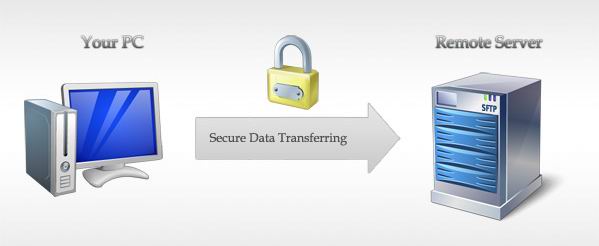“Leverage Browser Caching” is a crucial aspect of website optimization that can greatly improve the loading speed and overall performance of your website. By utilizing the web.config file in IIS, you can easily configure caching settings for your website, allowing browsers to store and retrieve frequently used resources locally. This not only reduces the amount of data that needs to be transferred between the server and the browser, but also enhances the user experience by providing faster page load times. In this article, we will explore the benefits of leveraging browser caching in IIS web.config and how to effectively implement it for your website.
What is browser caching?
Browser caching is the process of storing website files, such as images, CSS, and JavaScript, on a user’s local device. When a user visits a website, their browser will check if it already has the necessary files stored in its cache. If the files are present, the browser will load them from the cache instead of downloading them from the server, resulting in faster page loading times.
Why is it important?
Leveraging browser caching is important for several reasons:
1. Improved website loading speed: By storing frequently used files in the browser cache, the website can load faster for returning visitors.
2. Reduced server load: When files are loaded from the cache, it reduces the number of requests made to the server, thereby reducing the server load and improving website performance.
3. Better user experience: Faster loading times can greatly improve the user experience, leading to higher engagement and conversion rates.
How to leverage browser caching in IIS Web.config?
IIS (Internet Information Services) is a web server created by Microsoft for hosting websites on Windows servers. It allows for easy configuration of website settings, including browser caching. Here are the steps to leverage browser caching in IIS Web.config:
1. Open the Web.config file: The Web.config file is located in the root directory of your website. You can access it through your hosting control panel or via FTP.
2. Enable browser caching: To enable browser caching, add the following code to the Web.config file:
<system.webServer>
<staticContent>
<clientCache cacheControlMode="UseMaxAge" cacheControlMaxAge="365.00:00:00"/>
</staticContent>
</system.webServer>This code sets the cache control mode to “UseMaxAge” and specifies a maximum age of 365 days for cached files. **There are “per file” rules that can be applied but this seems to be sufficient for Google
3. Specify caching rules: You can also specify caching rules for specific file types by adding the following code to the Web.config file:
<system.webserver>
<staticcontent>
<clientcache>
<add fileextension=".css" cachecontrolmode="UseMaxAge" cachecontrolmaxage="7.00:00:00" />
<add fileextension=".js" cachecontrolmode="UseMaxAge" cachecontrolmaxage="7.00:00:00" />
<add fileextension=".png" cachecontrolmode="UseMaxAge" cachecontrolmaxage="30.00:00:00" />
</clientcache>
</staticcontent>
</system.webserver>In this example, we have specified a maximum age of 7 days for CSS and JavaScript files, and 30 days for PNG images.
4. Set expiration headers: You can also set expiration headers for cached files by adding the following code to the Web.config file:
<system.webserver>
<staticcontent>
<clientcache>
<remove fileextension=".css" />
<remove fileextension=".js" />
<remove fileextension=".png" />
<clientcache cachecontrolmode="UseMaxAge" cachecontrolmaxage="7.00:00:00"></clientcache>
</clientcache>
</staticcontent>
</system.webserver>This code removes the default expiration headers for CSS, JavaScript, and PNG files and sets a new expiration header with a maximum age of 7 days.
5. Test and monitor: After making these changes, it is important to test and monitor your website to ensure that everything is working correctly. You can use tools like Google PageSpeed Insights or GTmetrix to check if browser caching is enabled and working properly.
Leveraging browser caching in IIS Web.config is a simple and effective way to improve website performance and reduce server load. By following the steps outlined in this post, you can optimize your website for faster loading times and a better user experience.
<system.webServer>
<staticContent>
<clientCache cacheControlMode=”UseMaxAge” cacheControlMaxAge=”365.00:00:00″/>
</staticContent>
</system.webServer>
Code converted for display using HTML Encoding Tool



